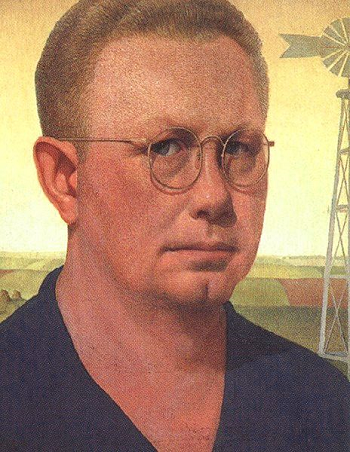Iconic Couple....Father and Daughter.

https://tellmeastory-marcia.blogspot.com/2014/11/american-gothic-house.html

https://tellmeastory-marcia.blogspot.com/2014/11/american-gothic-house.html
Last edited:

Weren't they featured in an old corn flakes commercial, too?Iconic Couple....Father and Daughter.
View attachment 103840
"So buy our Corn Flakes, you country corn flakes!" Gotta like the hard sell - particularly when delivered complete with a condescending put down!Weren't they featured in an old corn flakes commercial, too?
That wasn't the one I meant... I can't seem to find it, but think it was Kellogg's."So buy our Corn Flakes, you country corn flakes!" Gotta like the hard sell - particularly when delivered complete with a condescending put down!


Oh I just love this @Davey Do ! I saved this. Hahahahaha!
I find it interesting that cereal was invented to curb our libidos."So buy our Corn Flakes, you country corn flakes!" Gotta like the hard sell - particularly when delivered complete with a condescending put down!
